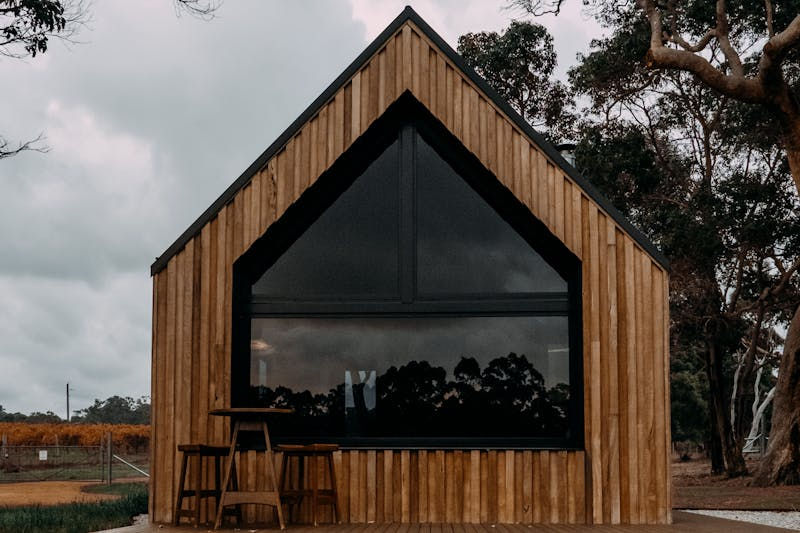The Role of Bird Netting in Safeguarding Crops and Building Structures
- Alyssa Moylan
- Sep 6, 2024
- 3 min read
Updated: Dec 27, 2024

In our evolving world, have we stopped to consider the impacts outside forces have on our local food production and the integrity of our built environments? Are we considering how natural avian creatures inadvertently jeopardize sustainable crop growth and damage the architecture that we hold with high regard? On this journey, we are exploring an unassuming hero of the conflict bird netting. This finely woven guardian stands between birds, crops, and structures, ensuring the wellbeing of both built and natural environments.
It's easy to underestimate the impact a few feathered friends have on our world. Still, as bird populations swell, the effects on agricultural yield and the integrity of our buildings steadily climb. Enter the often-overlooked protagonist, bird netting; a simple, environmentally-friendly solution to a multifaceted problem. We'll delve into why bird netting is essential, how it works, and the beneficial role it plays in our everyday life. It's a tale of symbiosis, resilience, and a testament to human ingenuity.
What is Bird Netting and Why is It Essential?
Bird netting, at its simplest, is a mesh designed to discourage the avian species from encroaching upon certain areas. By providing a physical barrier, it halts their incursion into places where they could potentially harm or be harmed. When applied to agriculture, netting maintains the quality and quantity of produce, thus enhancing crop yield. In urban and suburban environments, it prevents the damage to buildings caused by bird droppings, which, believe it or not, can corrupt the material integrity of structures.
The Tactical Application of Bird Netting
How we apply bird netting can differ greatly depending on what we protect. For crops, the netting can span entire fields, providing an effective barrier against a wide variety of avian species. However, when it comes to safeguarding buildings, the application should be more thoughtful, tailored to the structure's design and architectural elements to preserve the aesthetics we hold dear.
Bird Netting in Agriculture: A Silent Sentinel
From vineyards to berry farms, bird netting plays a pivotal role in maintaining crop health. It wraps around delicious morsels of fruits and vegetables like an invisible shield, safeguarding them from hungry beaks and ensuring the farm’s periodical yield isn't compromised. Essentially, this hero of the crops protects our food source and farmers' livelihoods.
Protecting our Architectural Heritage
Not only does bird netting play a role in sustaining our green terrain, but the sentinel weaves its way into our urban landscapes too. Historical buildings, architectural marvels, statues, bridges where there's a perch, there's the risk of damage from droppings, nesting, or the uncompromising peck.
Pros and Cons of Bird Netting
Every tool has its strengths and weaknesses. The primary strength of bird netting lies in its utility, affordability, and eco-friendliness. Yet, we cannot ignore the potential challenges — from installation to maintenance, reliability to aesthetic impact.
Beyond the Farm and Buildings: Wider Uses of Bird Netting
Proving its versatility, bird netting stretches its protective wings far beyond crop and architectural protection. It can secure landfill sites, aquaculture ventures, and even your domestic backyard from avian disruptions.
In conclusion, bird netting acts as a silent guardian, sheltering agriculture and architectural structures from potential harms inflicted by the avian species. Its value, often overlooked, plays a pivotal role in maintaining the delicate balance between human utility and nature's ingenuity. Whether draped across a vineyard or woven into an architectural facade, bird netting is the unsung hero of sustainable protections. Its role will continue to grow in significance as we strive for harmony in a shared environment.
Noah's Ark Pest Control
85 Hertford Rd, Sunshine VIC 3020
.png)







Comments